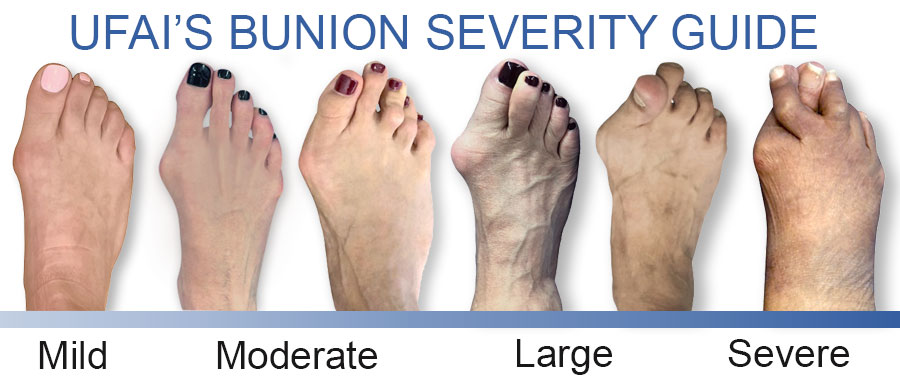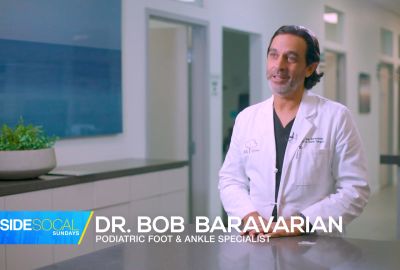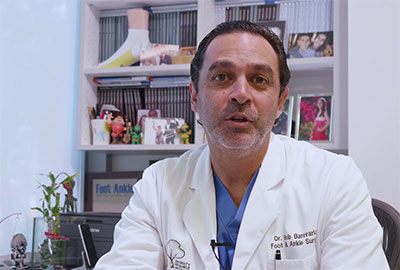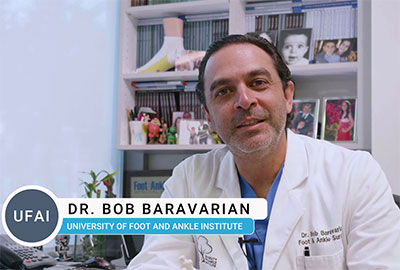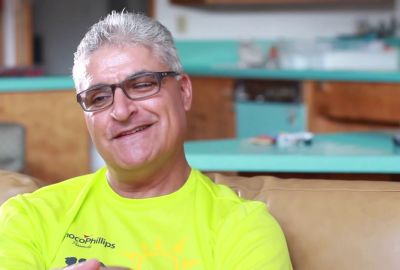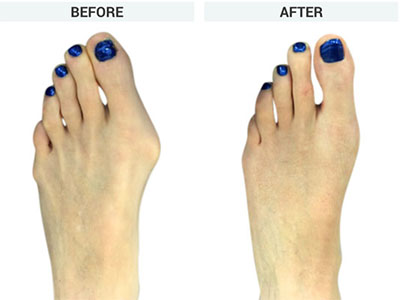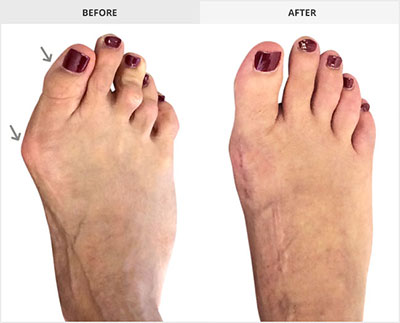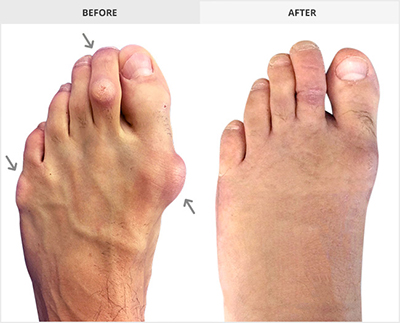- Home
- Foot & Ankle Conditions
- Bunions
Bunions: causes and advanced treatment options
What is a Bunion?
A bunion typically appears as a bony bump on the inside edge of the foot, where the innermost long bone of the foot (called the first metatarsal) meets the base of the big toe.
The visible bump appears when the first metatarsal tilts outward, causing the head of the bone to protrude. A bunion can also form at the base of the little toe, at which point it is known as a tailor's bunion.
Causes of a bunion can include genetics, structural abnormalities of the foot, pregnancy, rheumatoid arthritis, and long-term wearing of high heels or pointy shoes.
- What sets UFAI's experts apart from other bunion surgeons?
- Our decades of surgical advances include:
- Our Bunion Surgeries are essentially painless and virtually scarless
- What happens if I do nothing about my bunion?
- Our state-of-the-art bunion correction procedures include:
- Bunion Revision Surgery
- Are there Non-Surgical Bunion Treatments?
- UFAI, the right choice for your bunion treatment
- Bunion FAQs
- Do bunion correctors work?
- Are bunions hereditary?
- Can bunions be corrected without surgery?
- I s bunion surgery covered by insurance?
- How long is recovery from bunion surgery?
- How do you relieve bunion pain when walking?
- Is bunion surgery painful?
- Can you get a bunion on your pinky toe?
- Can bunions cause leg pain?
- What are the best shoes for bunions?
- Is bunion surgery outpatient?
-
Foot and Ankle Surgeon and Director of University Foot and Ankle Institute
Dr. Bob Baravaria DPM, FACFAS is a Board-Certified Podiatric Foot and Ankle Specialist. He is an assistant clinical professor at the UCLA School of Medicine and serves as Director of University Foot and Ankle Institute.
Dr. Baravarian has been involved in athletics his entire life and played competitive tennis in high school and college. He has an interest in sports medicine, arthritis therapy, and trauma/reconstructive surgery of the foot and ankle. He is also fluent in five languages (English, French, Spanish, Farsi, and Hebrew),
Read Our Blog Articles About Bunions
- The Link Between Foot Health and Posture
- Understanding Tailor's Bunions: Causes, Symptoms, and Solutions
- Bunion surgery gone wrong: what happens when your bunion surgery fails?
- 12 Tips to Prepare Your Home for Bunion Surgery Recovery
- Do Bunion Surgery Techniques Outlive their Usefulness? Yes!
- Non-Surgical Bunion Treatments
- Bunions vs. Big Toe Arthritis, What's the Difference?
- Little Toe Hurts? Four Things to Know About Pinky Toe Pain
- Got Big Toe Bumps and Lumps? Here’s 5 Things You Need to Know
- 16 Myths About Bunion Surgery Debunked!
- Metal Surgical Screws and Pins May Become Thing of the Past
- Finding the Best Bunion Surgeon: What You Need to Know
- 11 Common Foot Lumps and Bumps and What To Do About Them
- How to Choose Good Bunion Shoes (Even High Heels)!
- Beat the 6 Most Common Walking Pains
- The Least Instagram-able Baby Bump Ever: Pregnancy Bunions
 UFAI consistently provides the best overall care and service of any of my regular medical care providers; thank you all for you...George W.
UFAI consistently provides the best overall care and service of any of my regular medical care providers; thank you all for you...George W. Dr Briskin is great, he's patient, explains , answers questions and is personable. Staff is nice.Laurie P.
Dr Briskin is great, he's patient, explains , answers questions and is personable. Staff is nice.Laurie P. Great experience. Great communication. Great direction for my care. Very happy I chose to go with this particular doctor and o...Christopher R.
Great experience. Great communication. Great direction for my care. Very happy I chose to go with this particular doctor and o...Christopher R. Great service and care. Highly recommend Dr. Franson.David B.
Great service and care. Highly recommend Dr. Franson.David B. Dr is so personable and friendly with great bedside manner. Got me back running when no one else good. Office staff was also gr...Christie C.
Dr is so personable and friendly with great bedside manner. Got me back running when no one else good. Office staff was also gr...Christie C. If you have to go see a Doctor than this is a great experience.Frank M.
If you have to go see a Doctor than this is a great experience.Frank M. You won't find a better podiatrist or foot and ankle surgeon anywhere. Dr franson and his staff are caring and kind. They go th...Michelle O.
You won't find a better podiatrist or foot and ankle surgeon anywhere. Dr franson and his staff are caring and kind. They go th...Michelle O. My doctor was great. Really greatRudolph B.
My doctor was great. Really greatRudolph B. Good.David E.
Good.David E. Your Santa Barbara office and Dr. Johnson always give me excellent care!Jayne A.
Your Santa Barbara office and Dr. Johnson always give me excellent care!Jayne A. Dr. Gina Nalbadian was amazing!! I came in with an emergency foot situation and she had wonderful bedside manner and resolved m...Danielle C.
Dr. Gina Nalbadian was amazing!! I came in with an emergency foot situation and she had wonderful bedside manner and resolved m...Danielle C. I was frustrated that after 3 weeks I still hadn’t heard back about my PT referral status. And I did sit in a room for over 30 ...Sarah C.
I was frustrated that after 3 weeks I still hadn’t heard back about my PT referral status. And I did sit in a room for over 30 ...Sarah C.
-
 Listen Now
How to Choose Good Bunion Shoes (Even High Heels)!
Read More
Listen Now
How to Choose Good Bunion Shoes (Even High Heels)!
Read More
-
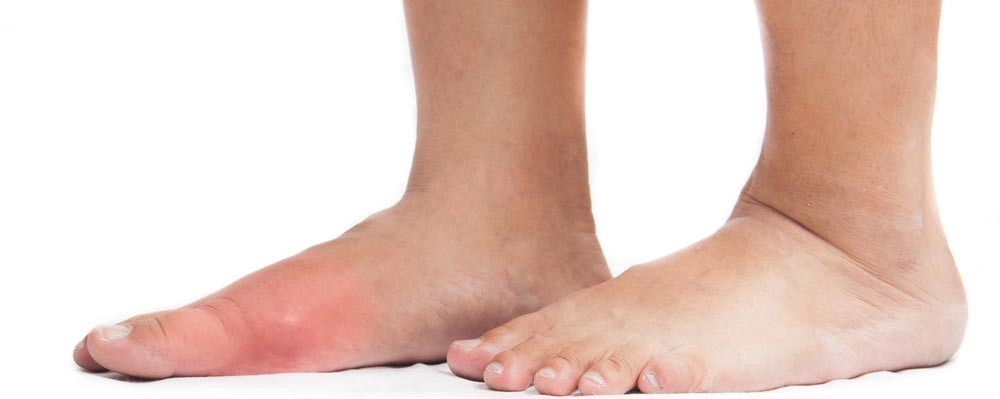 Listen Now
Got Big Toe Bumps and Lumps? Here’s 5 Things You Need to Know
Read More
Listen Now
Got Big Toe Bumps and Lumps? Here’s 5 Things You Need to Know
Read More
-
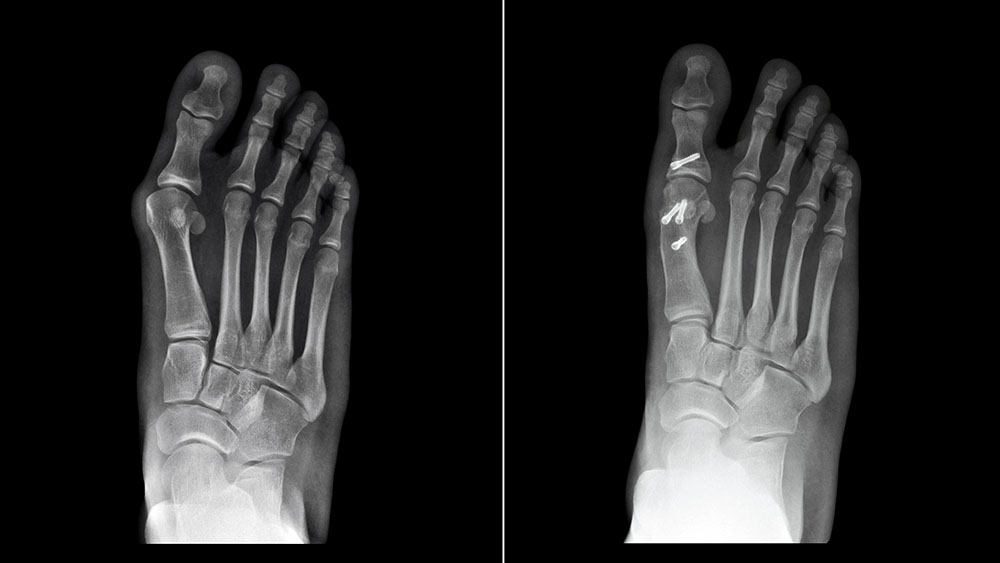 Listen Now
Do Bunion Surgery Techniques Outlive their Usefulness? Yes!
Read More
Listen Now
Do Bunion Surgery Techniques Outlive their Usefulness? Yes!
Read More
-
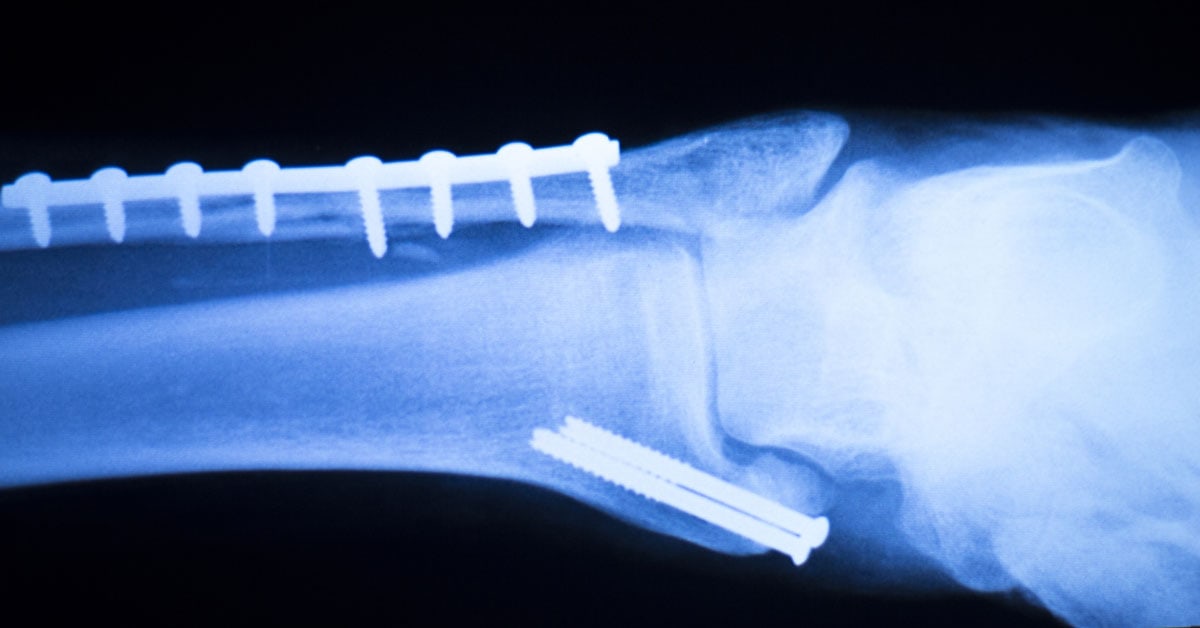 Listen Now
Metal Surgical Screws and Pins May Become Thing of the Past
Read More
Listen Now
Metal Surgical Screws and Pins May Become Thing of the Past
Read More
-
 Listen Now
Finding the Best Bunion Surgeon: What You Need to Know
Read More
Listen Now
Finding the Best Bunion Surgeon: What You Need to Know
Read More
-
 Listen Now
12 Tips to Prepare Your Home for Bunion Surgery Recovery
Read More
Listen Now
12 Tips to Prepare Your Home for Bunion Surgery Recovery
Read More
-
 Listen Now
Bunion surgery gone wrong: what happens when your bunion surgery fails?
Read More
Listen Now
Bunion surgery gone wrong: what happens when your bunion surgery fails?
Read More
-
 Listen Now
11 Common Foot Lumps and Bumps and What To Do About Them
Read More
Listen Now
11 Common Foot Lumps and Bumps and What To Do About Them
Read More
-
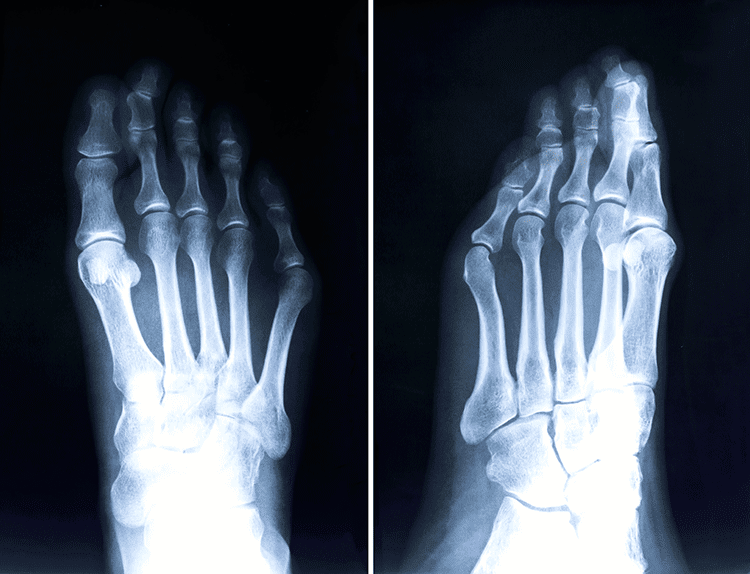 Understanding Tailor's Bunions: Causes, Symptoms, and Solutions
Read More
Understanding Tailor's Bunions: Causes, Symptoms, and Solutions
Read More
-
 Listen Now
The Link Between Foot Health and Posture
Read More
Listen Now
The Link Between Foot Health and Posture
Read More
-
 Listen Now
Bunions vs. Big Toe Arthritis, What's the Difference?
Read More
Listen Now
Bunions vs. Big Toe Arthritis, What's the Difference?
Read More
-
 Listen Now
Little Toe Hurts? Four Things to Know About Pinky Toe Pain
Read More
Listen Now
Little Toe Hurts? Four Things to Know About Pinky Toe Pain
Read More
-
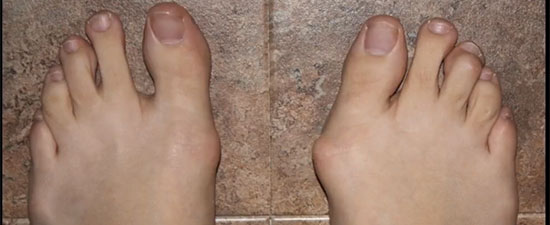 Listen Now
16 Myths About Bunion Surgery Debunked!
Read More
Listen Now
16 Myths About Bunion Surgery Debunked!
Read More
-
 Listen Now
Beat the 6 Most Common Walking Pains
Read More
Listen Now
Beat the 6 Most Common Walking Pains
Read More
-
 Listen Now
Non-Surgical Bunion Treatments
Read More
Listen Now
Non-Surgical Bunion Treatments
Read More
